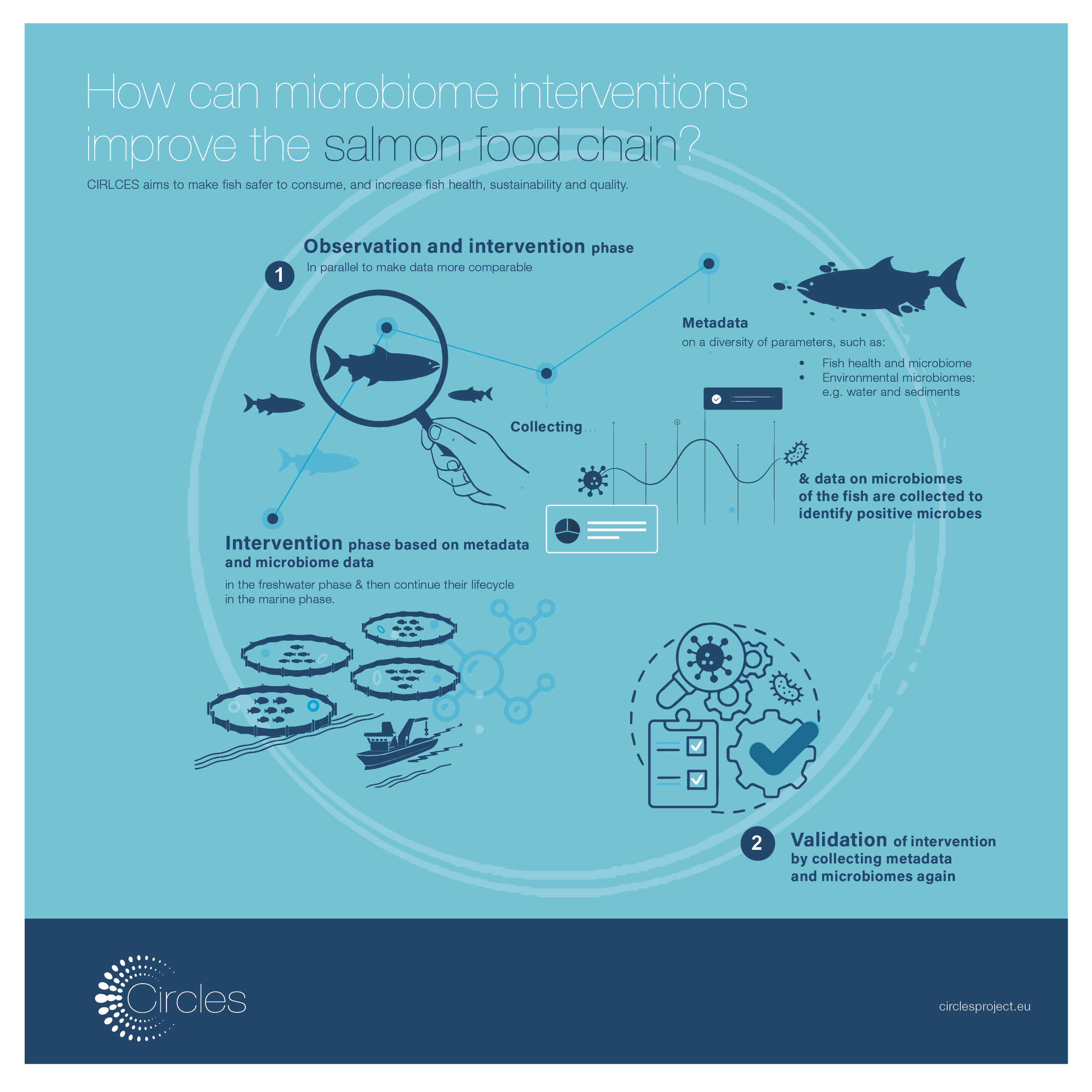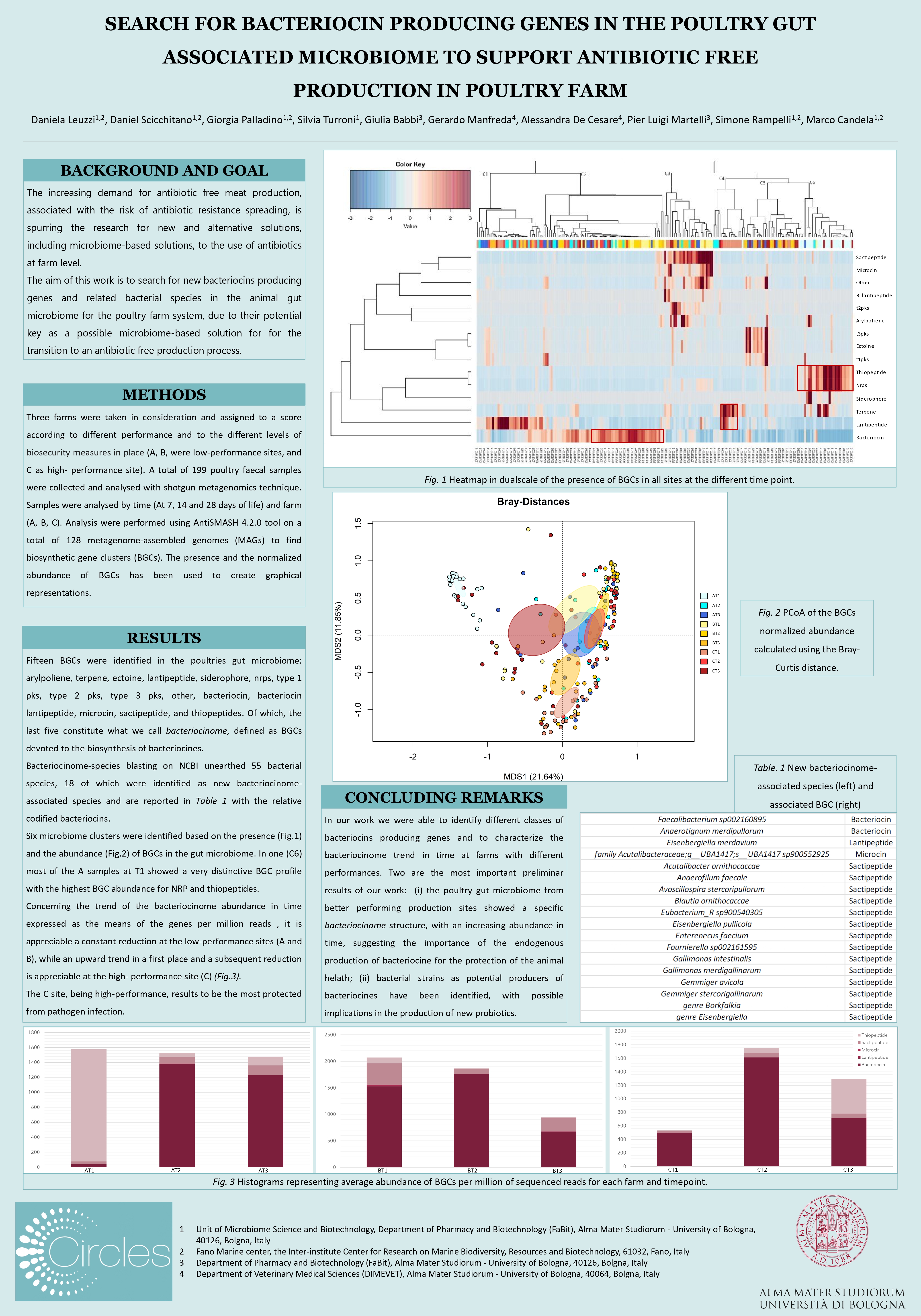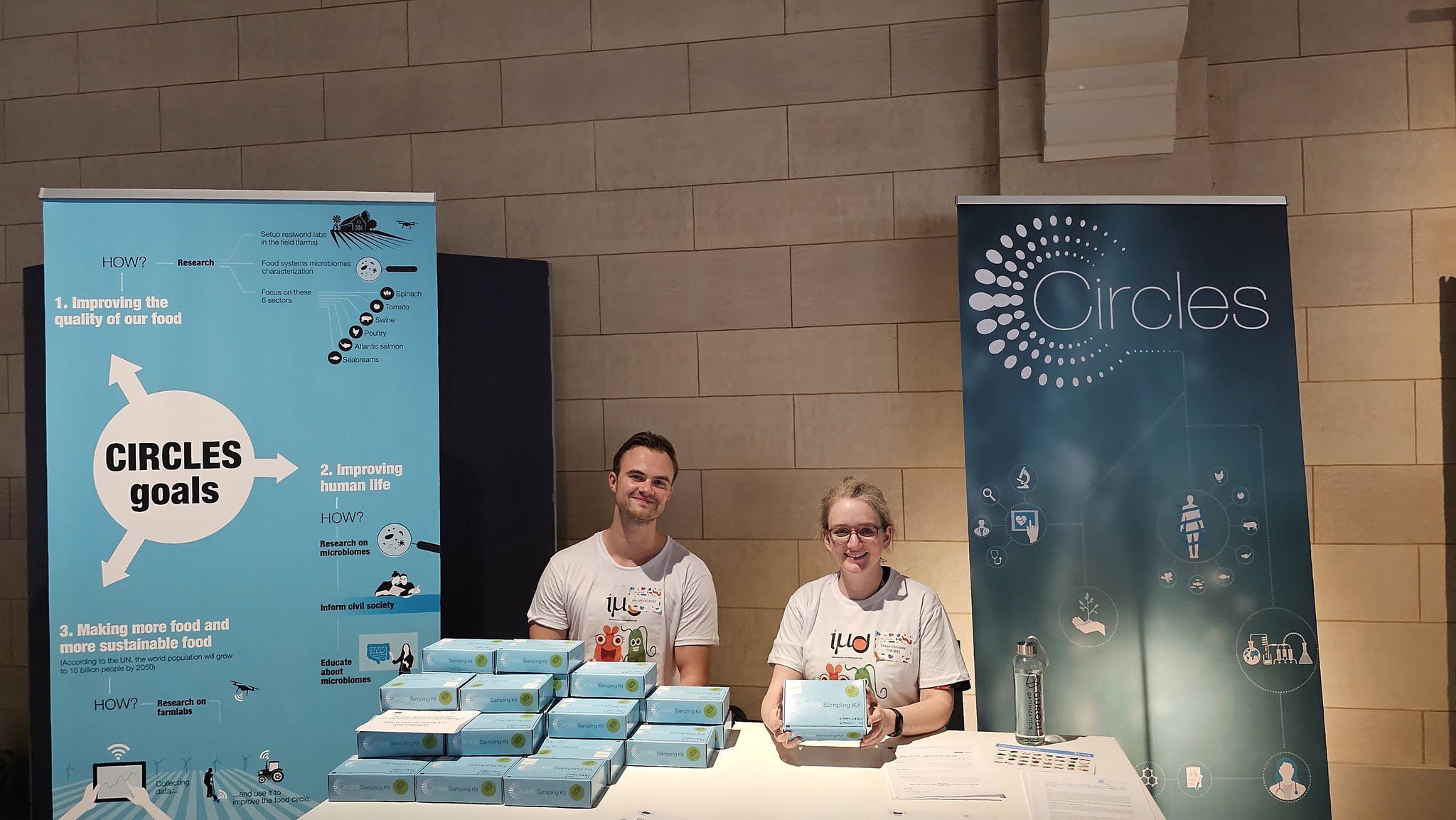The United Nation’s has designated December 5th as World Soil Day, highlighting the importance of this essential and often forgotten resource. The theme for 2022 was “Soils: Where food begins”, emphasizing the critical role of soils in producing the food we eat. In fact, more than 95% of our food is directly or indirectly produced via our soils (FAOSTATs 2022) This includes, for example, fruits, vegetables, and grains, but also the feed that livestock eat to produce meat and dairy products.
However, despite the importance of soils for food production, one-third of the world’s soils are currently degraded. This means that they have lost some of their fertility and ability to support plant growth. This degradation is often caused by intensive farming practices such as overuse of chemicals and poor management of soil structure. These practices can lead to leaching of essential nutrients and physical damage to the complex ecosystem of microorganisms that live in soils.
This article is an interview with CIRCLES’ partner LUKE and explains why it is so crucial that we take steps to protect and restore the health of our soils if we want to continue to have enough food to feed the world’s growing population.
Why are soil microbiomes so important?
Soil microbiomes play a vital role in maintaining the balance of ecosystems by performing functions such as decomposition, formation of soil aggregates, cycling of nitrogen, pathogen control, uptake of nutrient and water for plants in natural ecosystems. They also play a key role in carbon sequestration.
What is the role of soil in reducing the loss of carbon?
Soil is important for many reasons, and one of them is that it helps to reduce the loss of carbon. Microbes play a big role in this. According to recent estimates, even half of persistent carbon in soil has originally come from microbes, and therefore microbes have crucial role in the transformation of photosynthesized carbon into more stable forms into soil. Microbes, like bacteria and fungi, help to change the carbon that plants take in from the air and turn it into a more stable form in the soil. They do this by breaking down dead plants and other organic matter and making new substances that help to hold the soil together. This helps to prevent erosion and keep nutrients in the soil.
Fungi in particular are very important for soil health. They help to keep the soil carbon stable and help to form clumps of soil called aggregates. These aggregates help to hold water and keep the soil from washing away. The more different types of microbes there are in the soil, the better the soil is at holding water and keeping nutrients.
Agricultural soils, like the ones farmers use to grow crops, are also important in the global effort to reduce carbon emissions. When wetlands are turned into farmland, it can cause a lot of CO2 to be released into the air due to the lowering of the water table. But if the farmland is turned back into wetlands, it can help to reduce carbon emissions. This is why the way we manage soil is so important for the environment.
How does Luke work on LCA and LCC in CIRLCES?
One aim in the project is to evaluate and develop the overall sustainability of the process of using microorganisms in different product chains. The environmental impact will be assessed using Life Cycle Assessment (LCA) methodology, the cost impacts will be analyzed using Life Cycle Costing (LCC) methodology, and a cost-benefit analysis will be conducted using a mass and energy balance tool called techno-economical analysis (TEA). The data will be collected from the project food chains, such as poultry and pig farming, and the results will be compared between chains that support the food chain by using microbial applications and those that don’t. By identifying the different stages of the product chains, the goal is to make them more sustainable. The research is ongoing, and the results will be published by the end of the project.
Are there any preliminary results you can share?
Our goal was to study how applying different substrates to soil can help improve the diversity and quantity of soil microbes, particularly of fungi. We carried out two studies: In the first one (Rasa et al. 2021, Pulp and paper mill sludges decrease soil erodibility), we applied different organic sludges from the pulp and paper industry into agricultural fields and studied their effects on cereal yields, soil erodibility and carbon content, and the composition of soil fungi and bacteria. In general, we found that the application of these substrates led to changes in the relative proportions of numerous microbial groups and an increase in the pools of microbial-bound carbon and nitrogen in the soil. An interesting observation was an increased proportion of several fungi, which are used as indicators of improved quality of agricultural soil. However, it is not yet clear to what extend microbiological interactions with soil minerals explain improved soil stability.
Our second study (Impacts of coniferous bark-derived organic soil amendments on microbial communities in arable soil – a microcosm study, Peltoniemi et al. 2023, FEMS Microbiology Ecology, in press), was a microcosm experiment (using an artificial, simplified ecosystems) with tree bark and its cascade-processed residuals and it produced results that were consistent with the findings of the first study.
What do you think, how could the future of this field look like?
Our studies suggest that it is possible to change the makeup of the indigenous microorganisms in the soil and that using materials from forests can improve the fungal communities in agricultural soils, which may have benefits for plant health. However, as the data only reveals positive associations rather than in-depth understanding of the mechanistic features involved, this remains speculation. More detailed chemical studies are required to confirm whether the quality and stability of soil C is affected by organic soil amendments.
Juha-Matti Pitkänen (front), Sannakajsa Velmala and Tuija Hytönen (back) sampling and cooling soil microbial DNA/RNA with liquid nitrogen in Jokioinen, Southern Finland, Luke experimental fields
This interview was done with Taina Pennanen, Research professor at the Natural Resources Institute Finland (Luke) on behalf of the LUKE team including Sannakajsa Velmala, Kati Räsänen, Jyri Maunuksela, Krista Peltoniemi, Hannu Fritze, Kimmo Rasa, Usman Ghani Hafiz, Karetta Timonen, Merja Saarinen and Marjatta Vahvaselkä.







